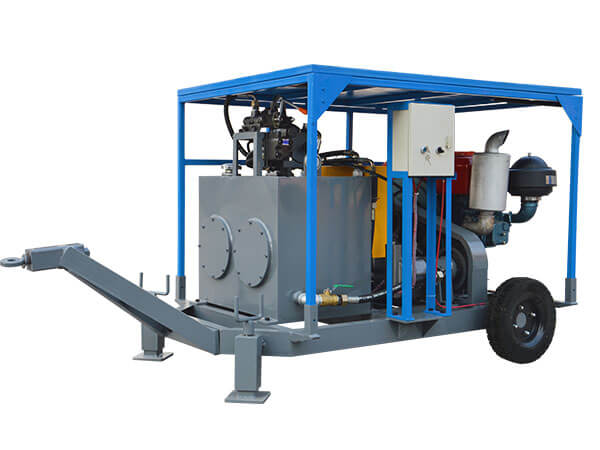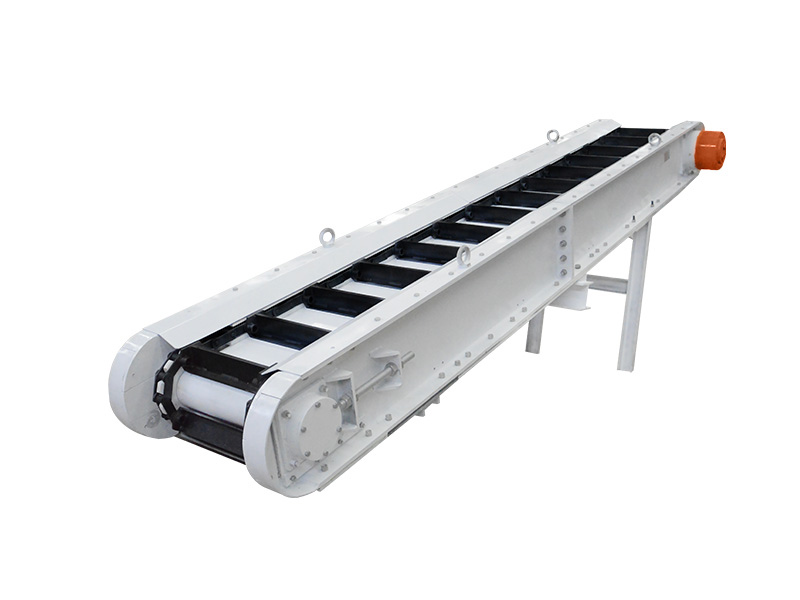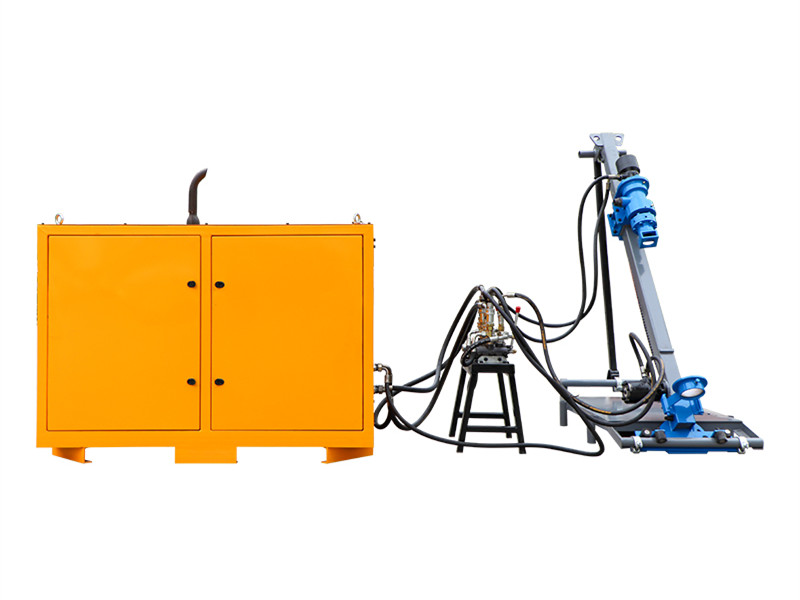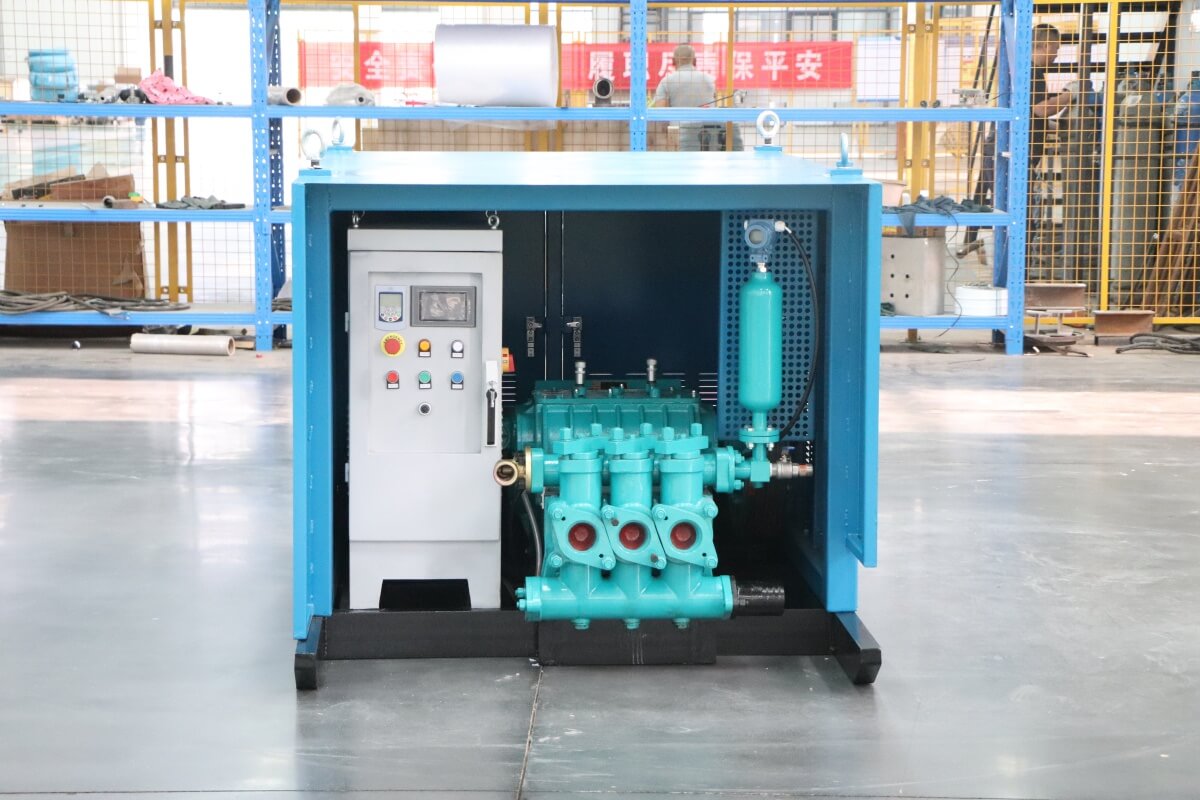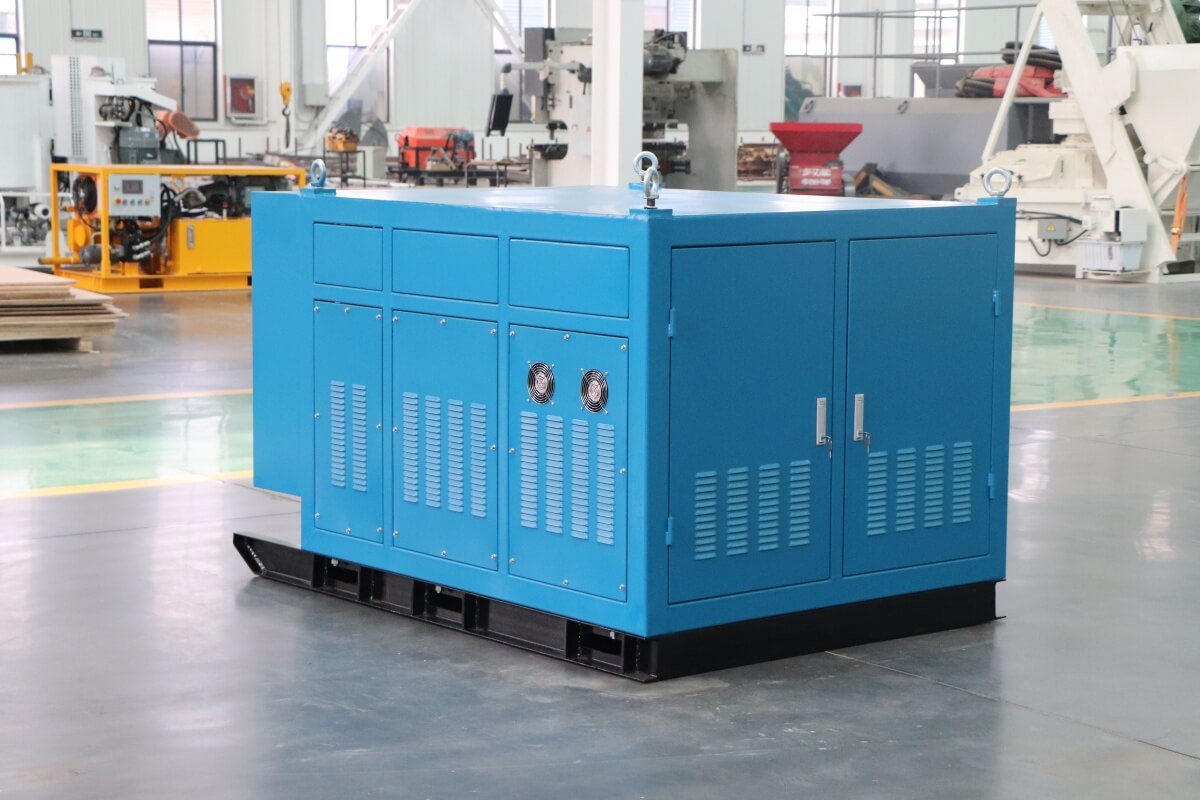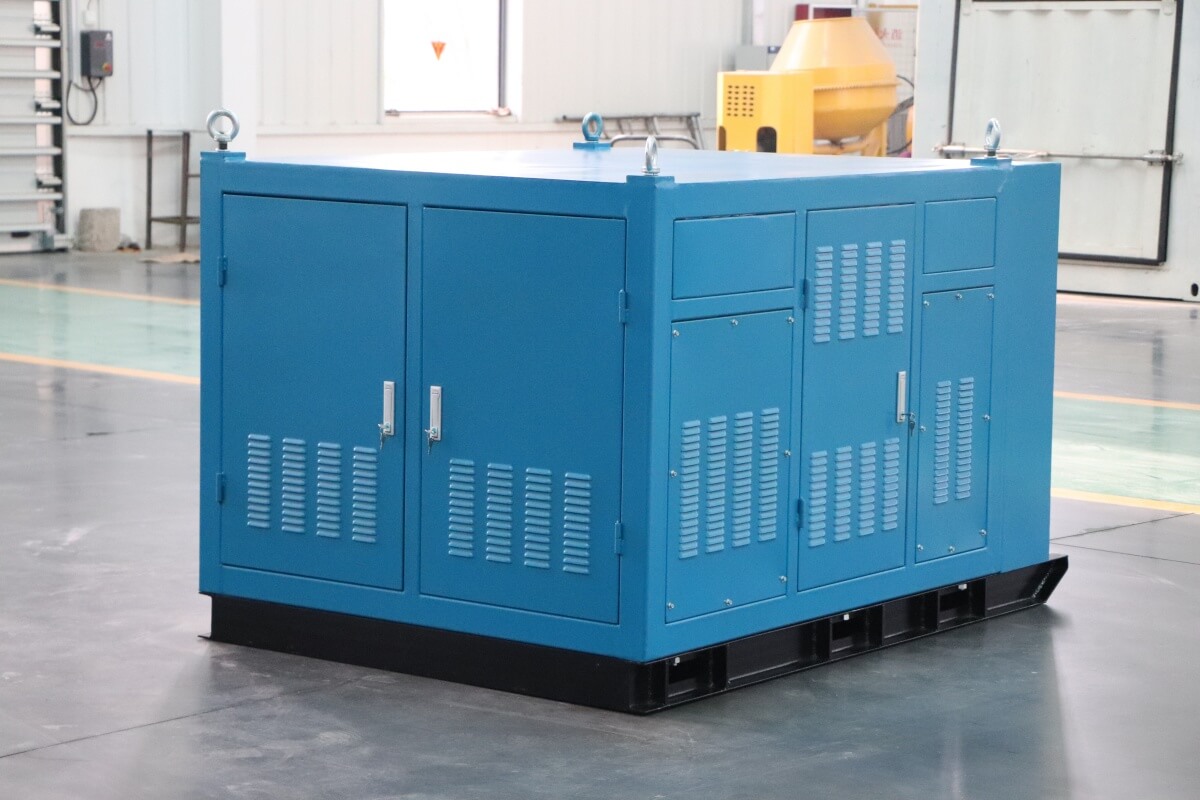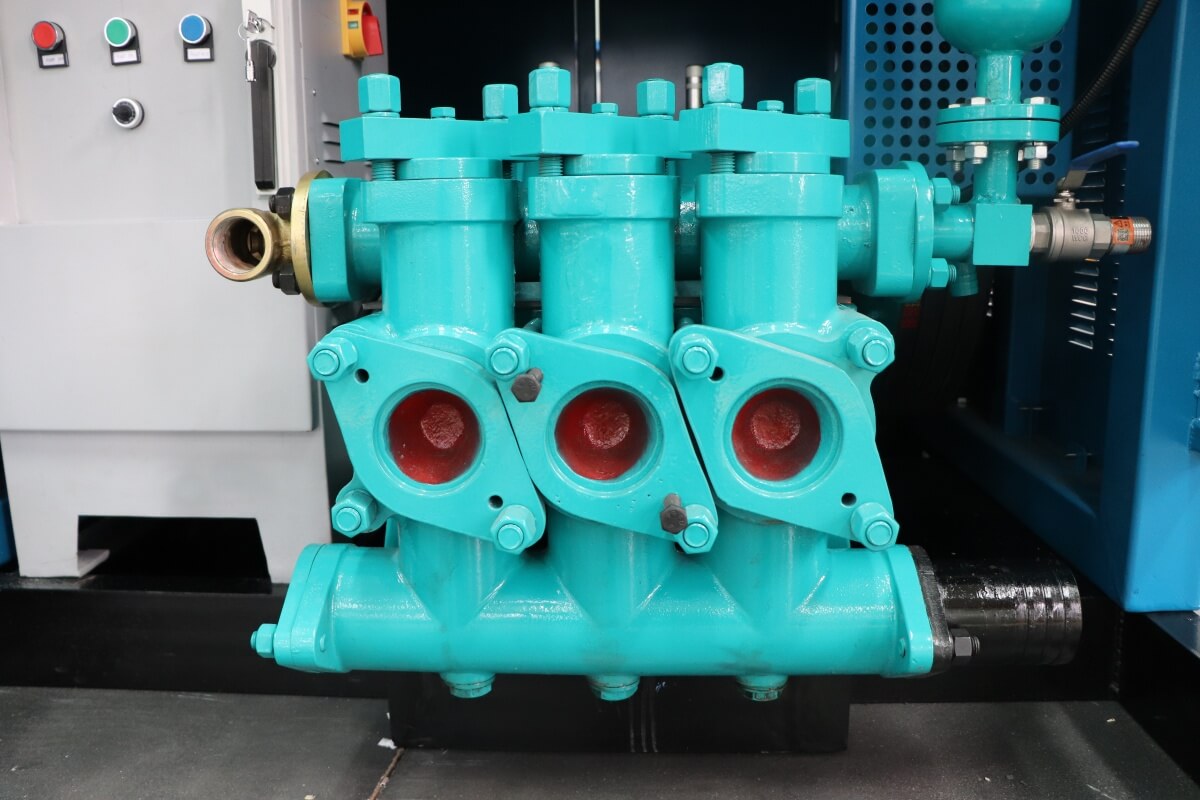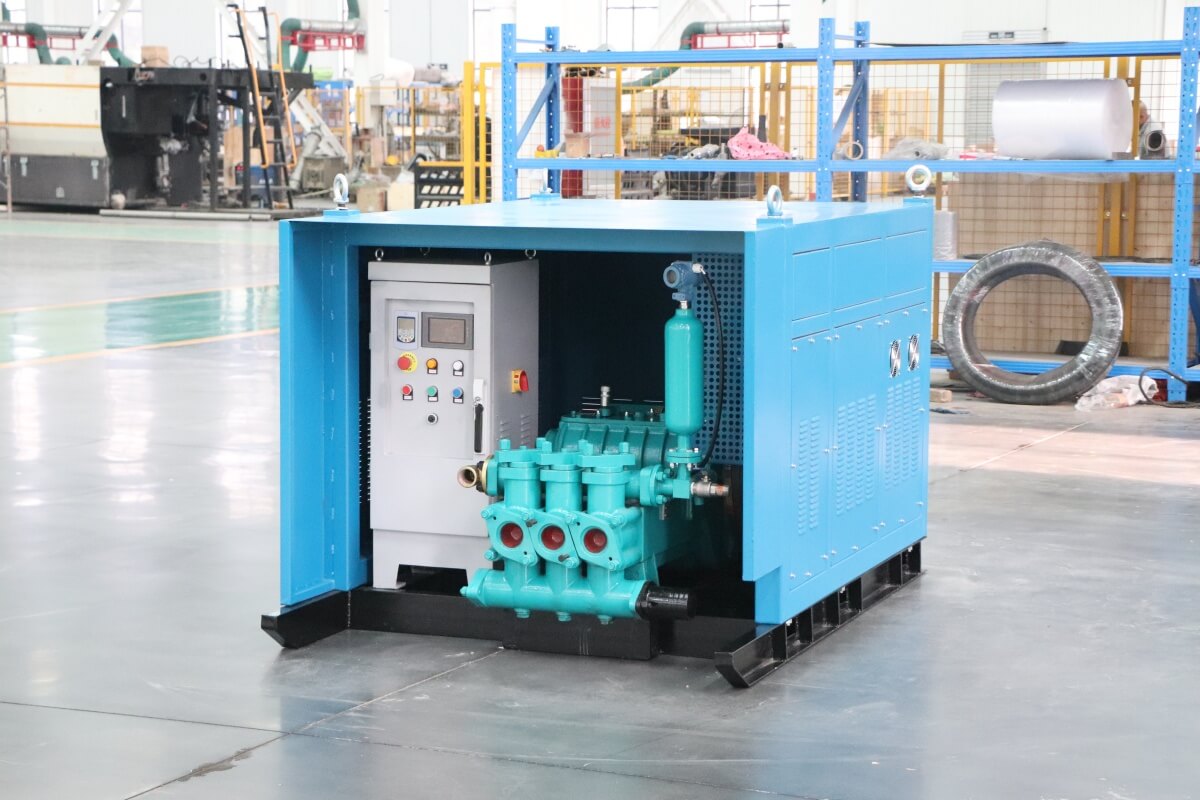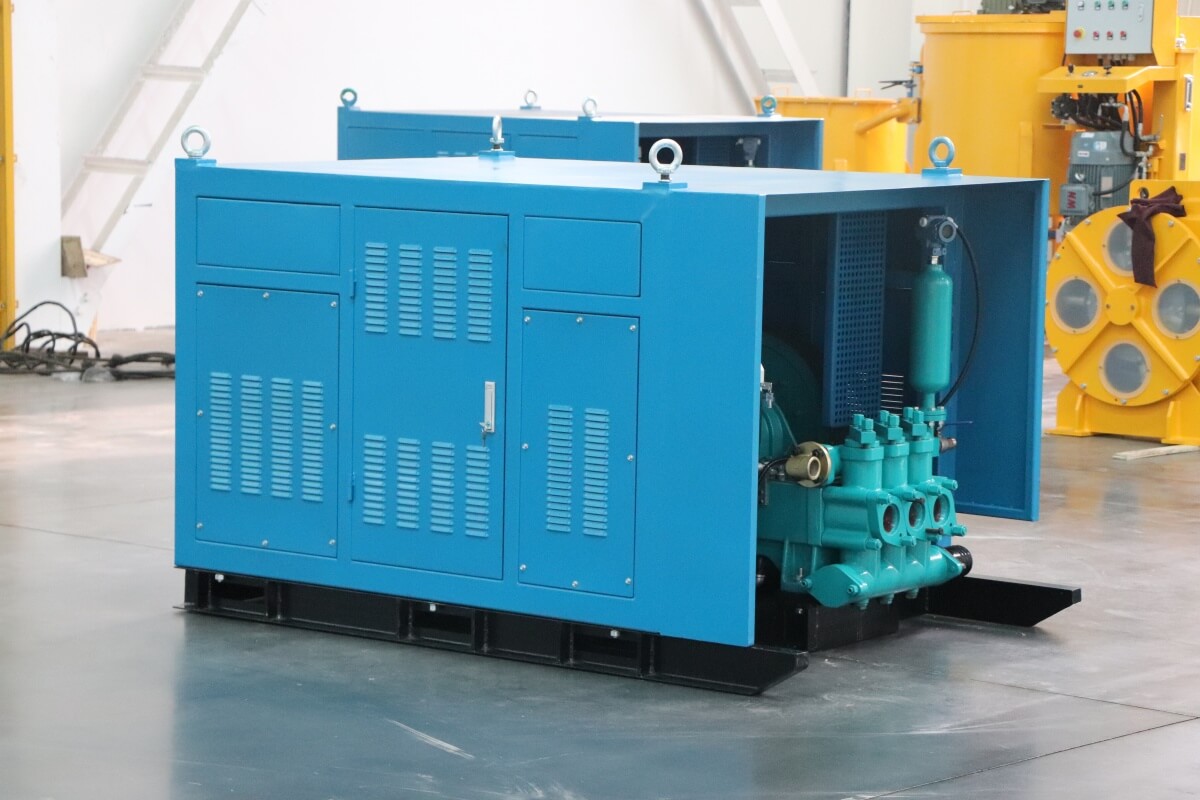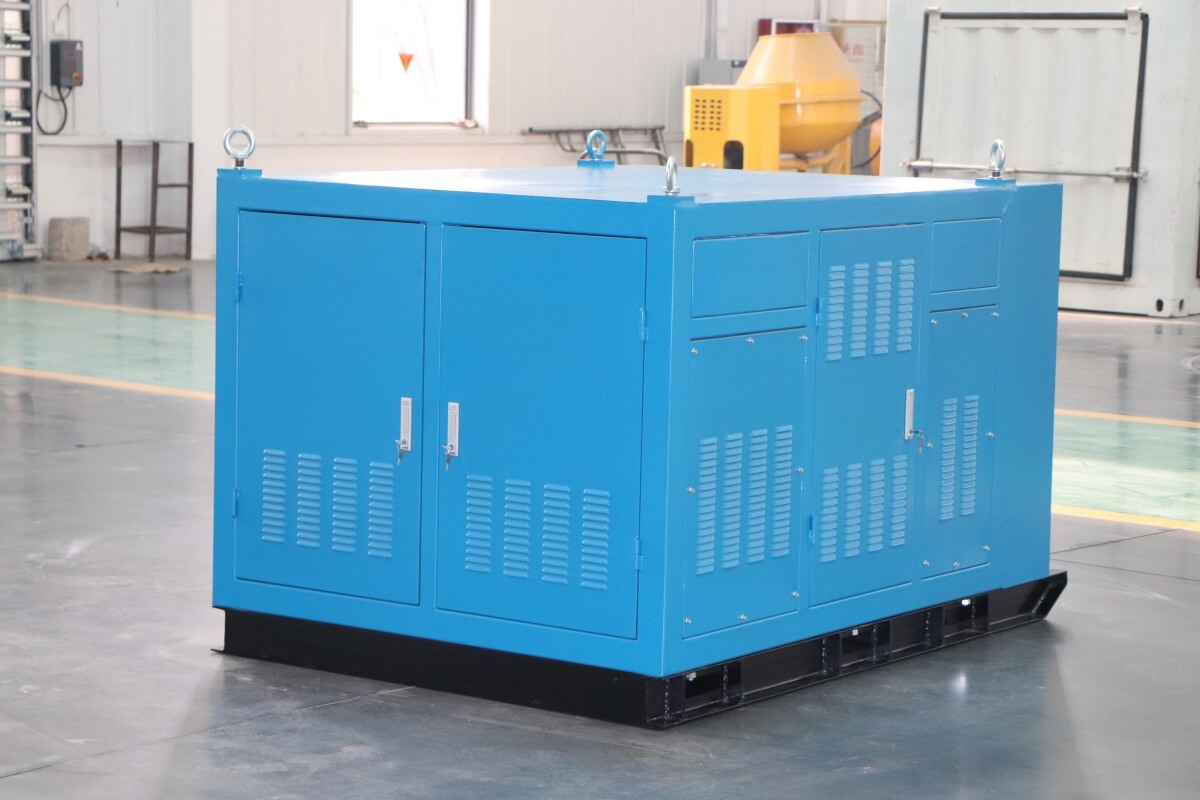Today, a customized high-pressure triple jet grouting pump was successfully loaded and shipped to the UAE. This equipment will operate in conjunction with a local drilling rig, providing key support for foundation reinforcement and anti-seepage curtains for major infrastructure projects in the UAE. Jet grouting is a versatile geotechnical technique that modifies in-situ soils by injecting high-pressure cementitious slurry to create rigid, low-permeability soil-cement columns or barriers.
Located in the desert-coastal transition zone, the UAE has soft soil and a high groundwater table, placing stringent demands on jet grouting equipment. Below are its best uses, expanded with technical context and real-world scenarios:
1. Foundation Reinforcement
Purpose: Strengthen weak or unstable soils to improve load-bearing capacity for structures.
Mechanism:
High-pressure slurry (cement + water + additives) erodes and mixes with soft soil (e.g., clay, silt, loose sand).
Forms soil-cement columns (diameter: 0.5–1.5 m, depth: up to 30 m) that act as rigid piles.
Applications:
Building Foundations: Supports high-rise buildings, bridges, or industrial facilities on compressible/soft soils.
Slope Stability: Reinforces embankments or natural slopes prone to failure.
Liquefaction Mitigation: In earthquake zones, reduces soil liquefaction risk by densifying and stabilizing loose sands.
2. Excavation Support & Soil Retention
Purpose: Stabilize soil during deep excavations and prevent collapse.
Mechanism:
Jet grout columns form a retaining wall or cutoff barrier around excavation perimeters.
Slurry pressure balances earth and hydrostatic pressures.
Applications:
Deep Basements: Creates waterproof walls for underground parking or facilities.
Tunnel Portals: Stabilizes soil ahead of tunnel boring machines (TBMs).
Shaft Construction: Forms impermeable linings for mine/utility shafts.
Coastal/River Structures: Protects against erosion during bridge/pier construction.
3. Seepage & Groundwater Control
Purpose: Block water flow through soils to prevent flooding, piping, or contamination.
Mechanism:
Low-permeability soil-cement barriers (permeability: 10⁻⁶–10⁻⁸ cm/s) reduce hydraulic conductivity.
Applications:
Dam Foundations: Seals leak-prone zones in earth/rockfill dams.
Landfill Liners: Creates impermeable barriers beneath waste containment facilities.
Tunnel Linings: Stops groundwater inflow into subway/rail tunnels.
Dewatering: Reduces groundwater drawdown impacts during excavation.
4. Seismic Retrofitting & Liquefaction Mitigation
Purpose: Enhance soil resilience in earthquake-prone regions.
Mechanism:
Jet grouting densifies loose sands and binds soil particles, increasing shear strength and reducing liquefaction potential.
Applications:
Retrofitting Existing Structures: Strengthens foundations of bridges, dams, or historic buildings.
Critical Infrastructure: Protects hospitals, power plants, or emergency facilities from seismic damage.
Urban Areas: Mitigates liquefaction risks in cities built on reclaimed land or alluvial deposits.
If you are also interested in our LGP440/50PI-22E high pressure triplex jet grout pump for sale for drilling, if you are interested, please contact us directly at sales1@leadcrete.com.
Your position:
Home > News > Product News
High pressure triplex jet grout pump for sale
date: 2025-08-08
Inquiry
Please feel free to submit your inquiry information to us. We will contact with you as soon as possible.

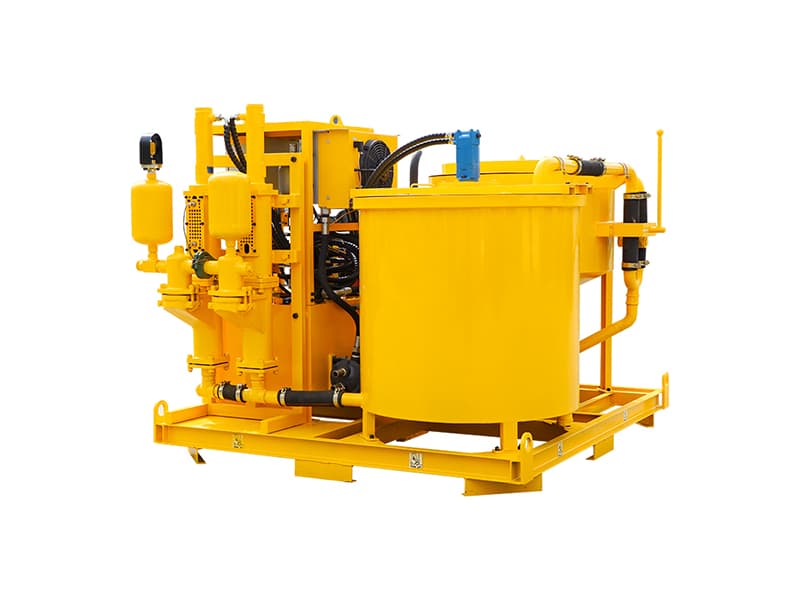
.jpg)
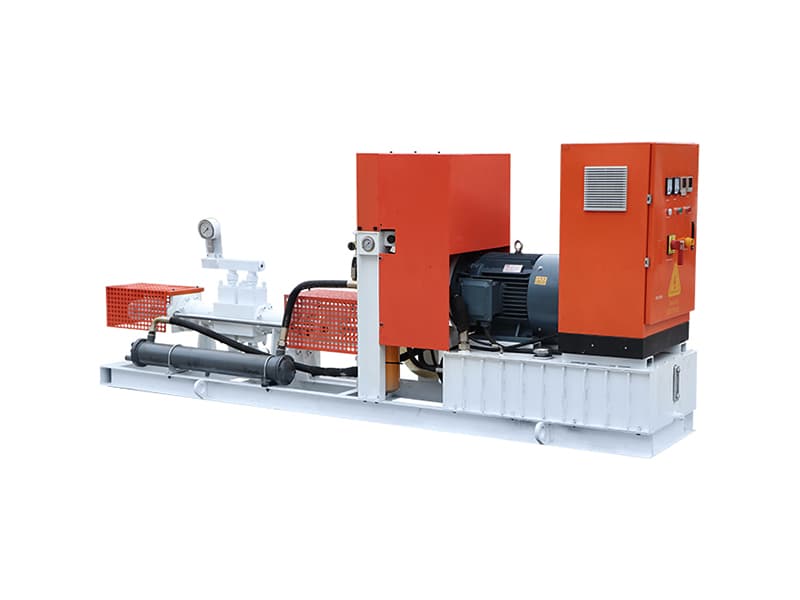
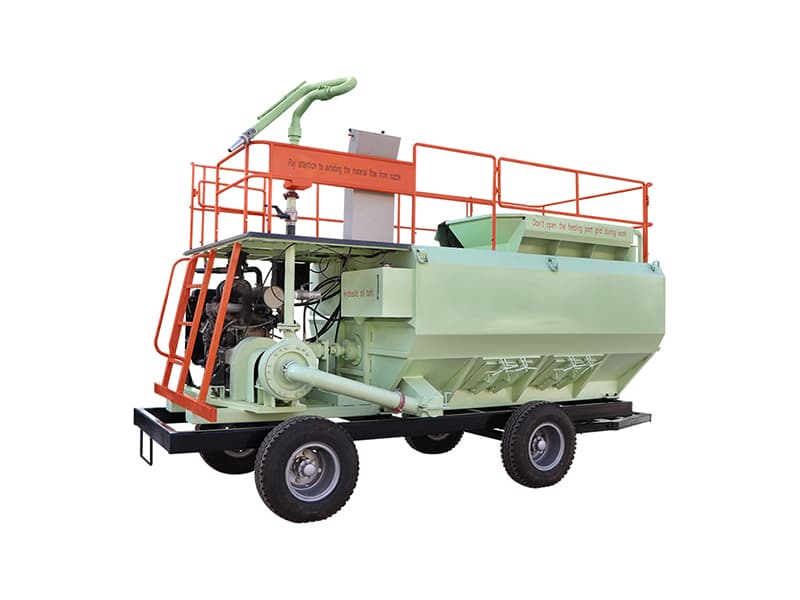
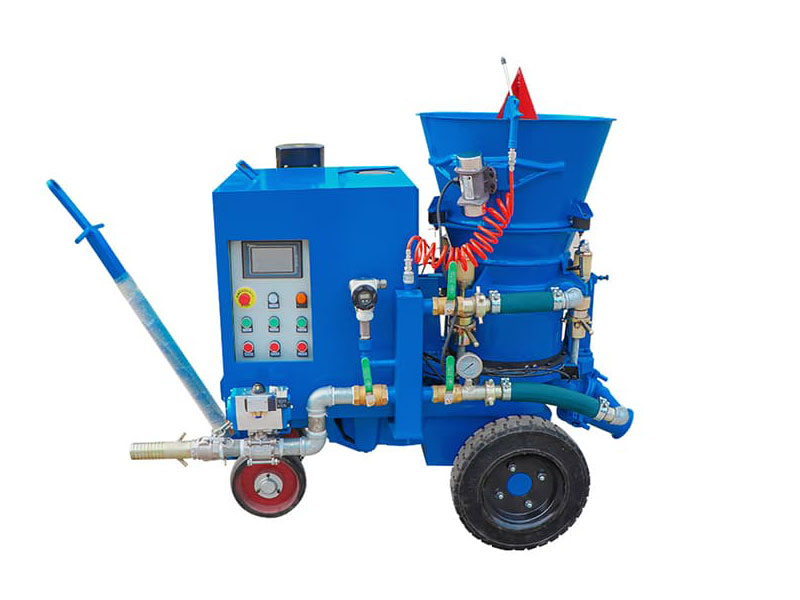
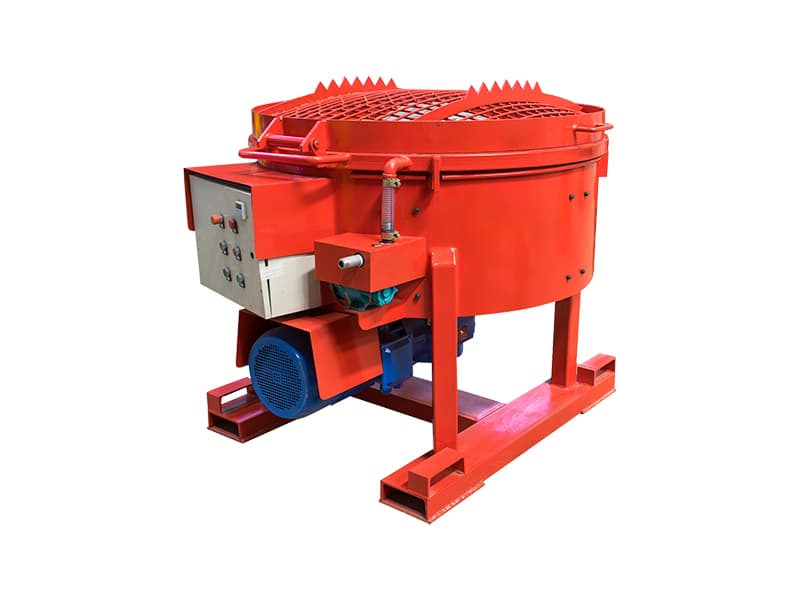
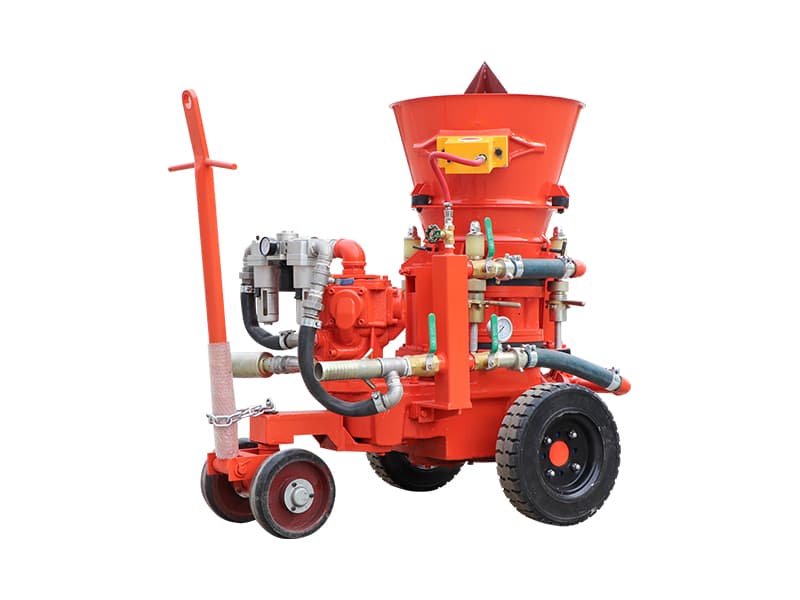

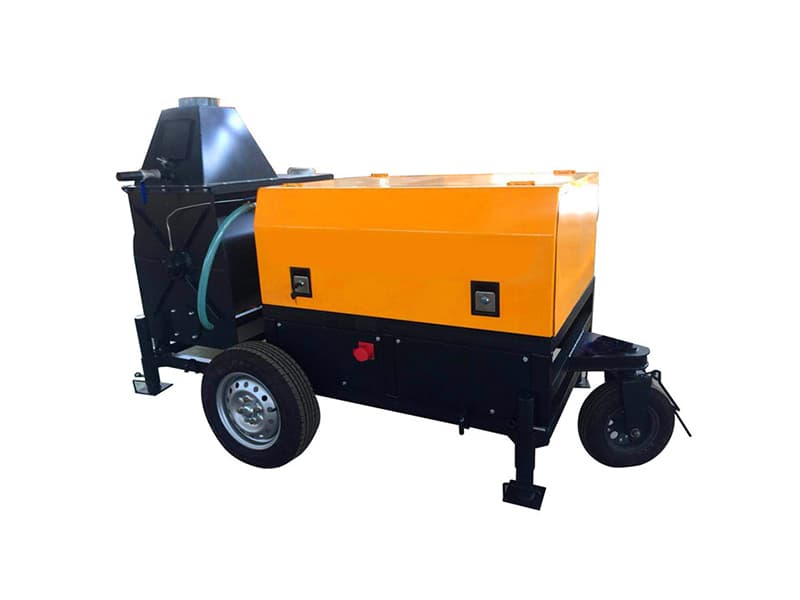
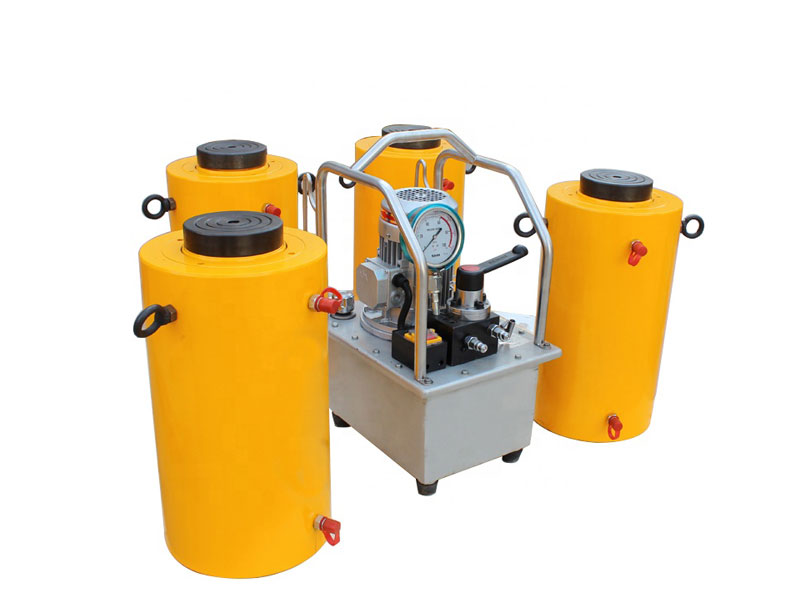
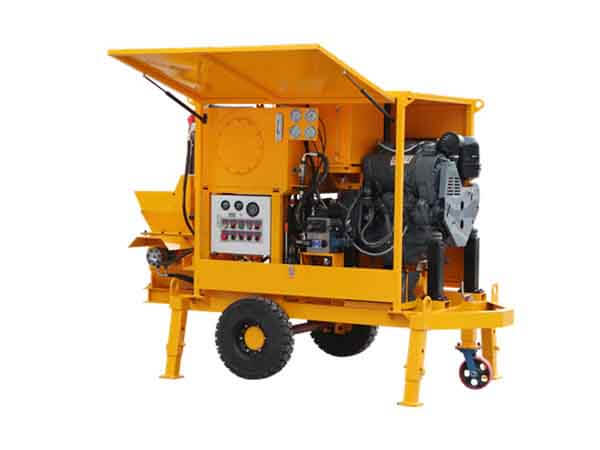
.jpg)
